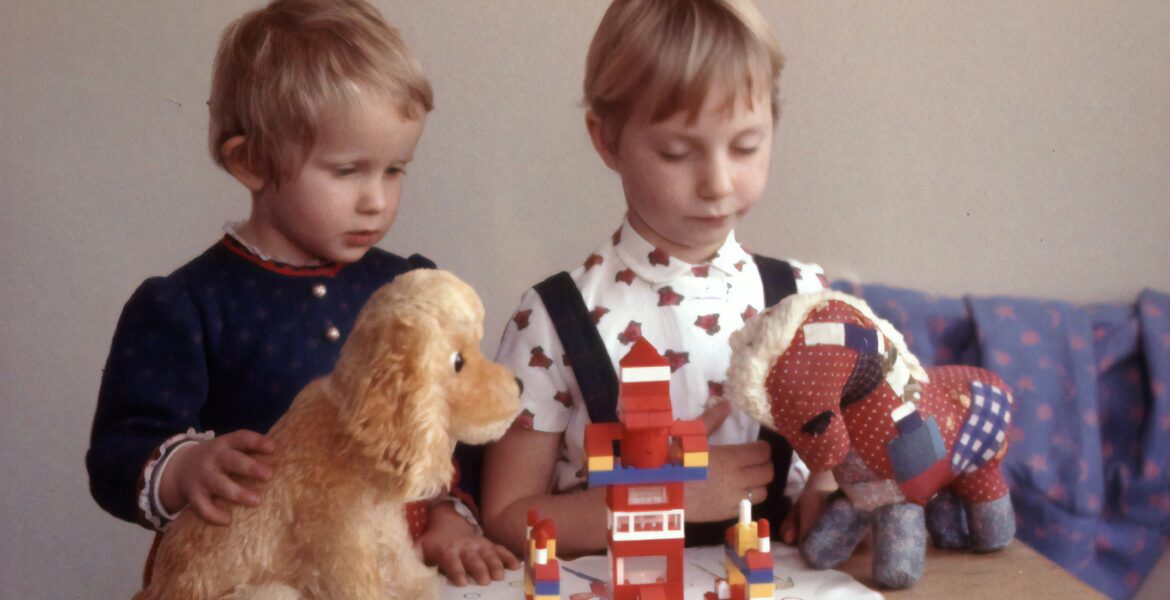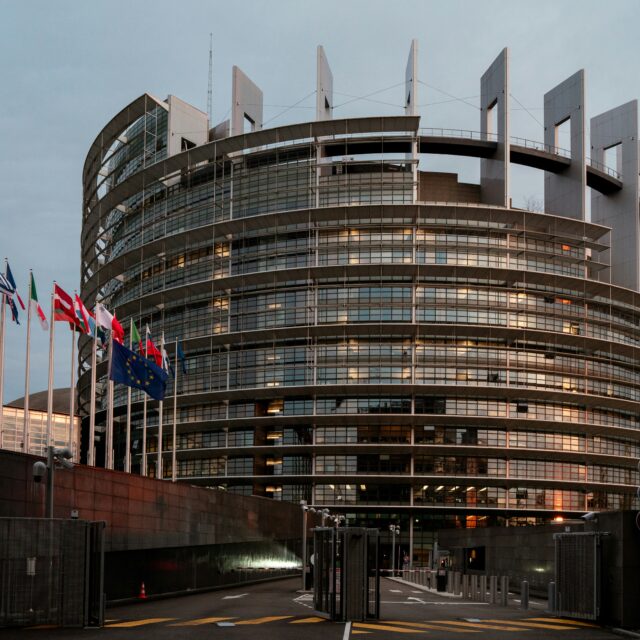Photo by Austrian National Library on Unsplash
All toys sold in the EU will in future have to bear a clearly visible digital product passport (DPP) showing compliance with the relevant safety rules.
The DPP aims to enhance the traceability of toys and make market surveillance and customs checks simpler and more efficient.
It also hopes to offer consumers easy access to safety information and warnings, via a QR code, for example.
The new move comes after Parliament and Council negotiators reached a provisional agreement on new EU toy safety rules to enhance the protection of children’s health and development.
It was welcomed by MEPs including Rapporteur Marion Walshmann, an EPP deputy from Germany.
She said: “Although we already have the safest toys in the world in the European Union, one in five products categorised as dangerous and withdrawn from the market by the EU was a toy.
“It was therefore very important to revise the 2009 Toy Safety Directive. We are reducing the risks posed by hazardous chemicals in toys and ensuring better labelling, including in online retail.”
She told this site, “We have also future-proofed the regulation: the Commission will be able to react more quickly to new scientific findings on chemical substances. The new Toy Safety Regulation sends out a strong signal: for the protection of our children, fair competition and for Europe as a business location.”
The deal expands the list of prohibited substances in toys.
In addition to the existing prohibition of carcinogenic, mutagenic, or reproductive toxic (CRM) substances, the agreed text also bans chemicals that pose particular risks to children.
These include endocrine disruptors, substances harmful to the respiratory system, and chemicals that are toxic for the skin and other organs.
The new rules will ban the intended use of per- and polyfluorinated alkyl substances (PFASs) and the most dangerous types of bisphenols.
Allergenic fragrances will be banned in toys intended to be placed in the mouth for children under 36 months.
Before placing a toy on the market, manufacturers will have to carry out a safety assessment on all potential hazards − chemical, physical, mechanical, and electrical.
The assessment must take children’s specific vulnerabilities into account.
For example manufacturers should, where appropriate, ensure that digital toys do not pose risks to children’s mental health − as requested by Parliament negotiators.




